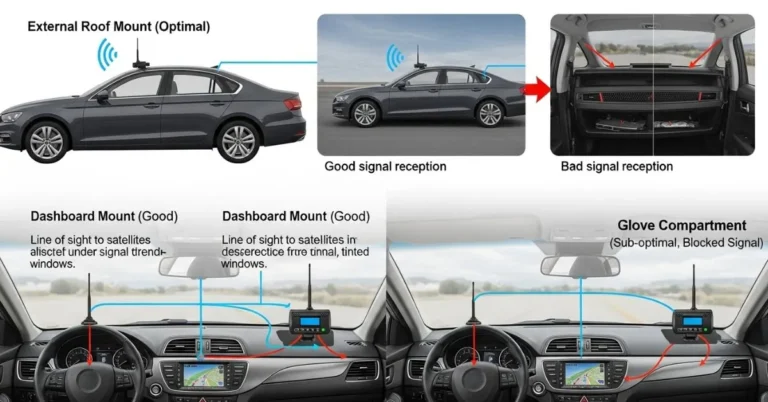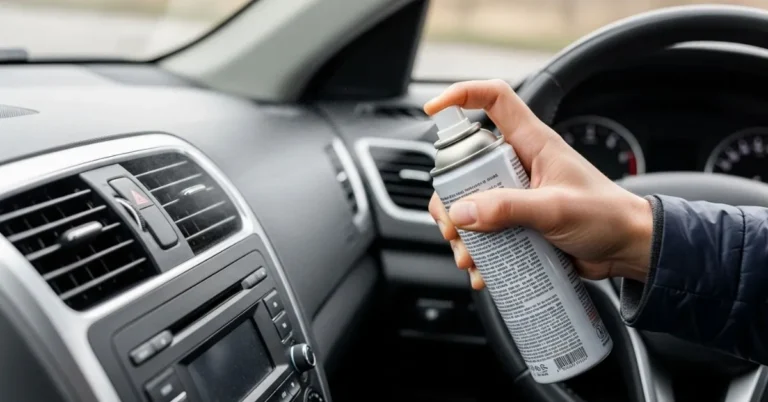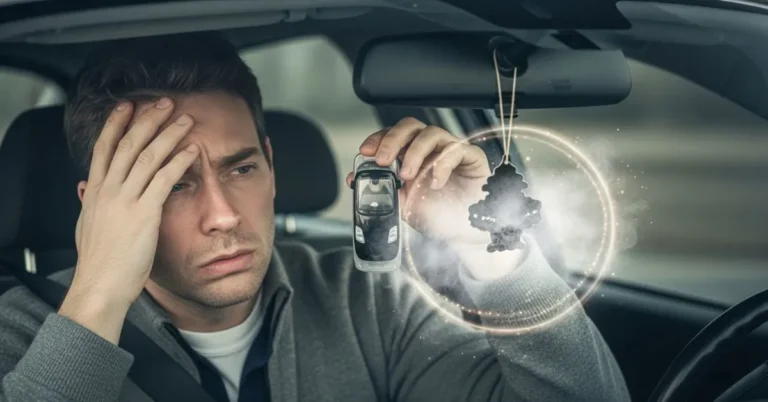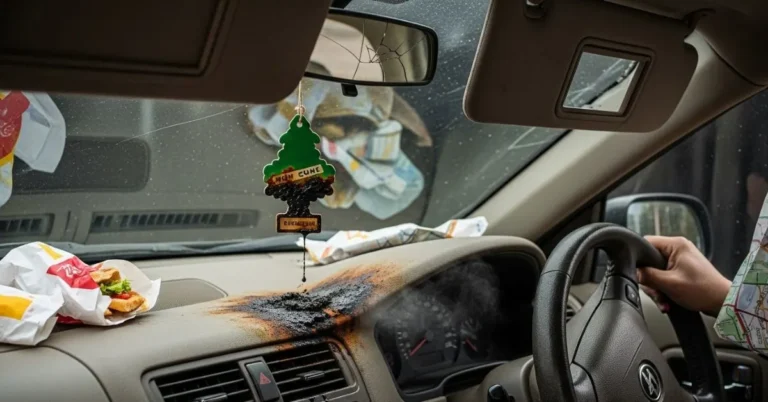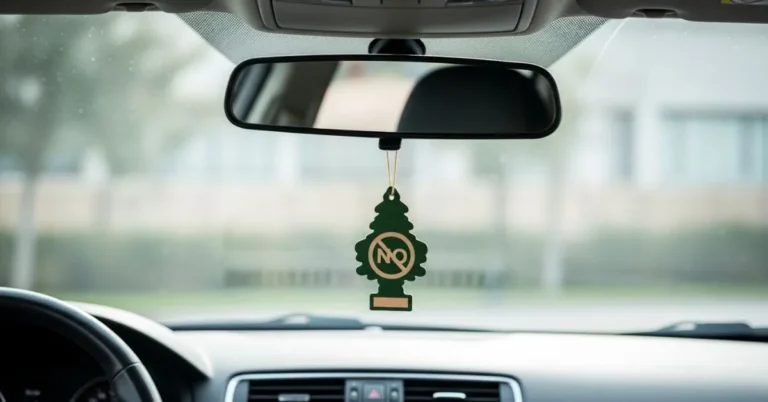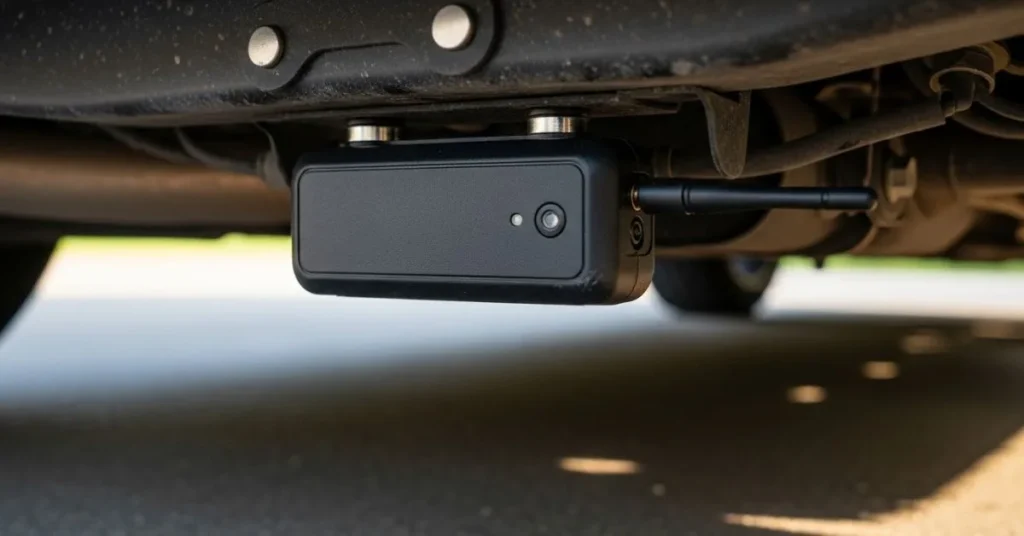
It was a crisp fall morning when Jenna noticed something odd that made her wonder, What does a GPS tracker look like on your car? Her vehicle, always parked the same way every night, suddenly had a strange rattle coming from underneath the bumper. At first, she figured it was just a loose panel or a stray pebble. But later that week, during a coffee break at work, her friend jokingly said, “You always show up right on time it’s like someone’s tracking you!”
That offhand comment struck a nerve. Was it just a coincidence? Or could someone be tracking her car? That’s when Jenna took to the internet to investigate. Guess what phrase she typed? You guessed what a GPS tracker looks like on your vehicle?
If you’re reading this, chances are you’re following a similar gut feeling. Whether you’re concerned about your privacy, suspicious of hidden surveillance, or just curious, this step-by-step guide has everything you need to know.
Contents
- 1 What Does a GPS Tracker Look Like on Your Car?
- 1.1 Top Hiding Spots: Where to Check First
- 1.2 Tools to Detect a GPS Tracker
- 1.3 Understanding the Two Main Types of GPS Trackers
- 1.4 Are GPS Trackers Even Legal?
- 1.5 Warning Signs Your Car Might Be Tracked
- 1.6 Found a GPS Tracker? Here’s What to Do
- 1.7 Budget-Friendly Protection Tips
- 1.8 New Tracker Trends – You Should Know About
- 1.9 The 10-Minute DIY Tracker Check: Quick Checklist
- 1.10 FAQs: What Does a GPS Tracker Look Like on Your Car?
- 1.11 Expert Thoughts: Stay Aware, Stay Empowered
- 1.12 About the Author
What Does a GPS Tracker Look Like on Your Car?
A GPS tracker placed on a car is designed to be discreet, weather-resistant, and hard to spot. Depending on the make and model, they can be as small as a quarter or as big as a deck of cards. The most common types include:
- Sleek black plastic boxes with no visible branding
- Magnet-backed rectangular or square units
- Plug-in OBD devices that look like car code readers
- Tiny, hardwired modules are often hidden behind panels
These devices are purposely made to blend in, avoid detection, and survive the elements. While cheaper ones might have blinking lights, high-end trackers are often lightless and silent.
Top Hiding Spots: Where to Check First
1. Under the Vehicle
Grab a flashlight and an inspection mirror. Check:
- Behind the rear bumper
- Under the wheel wells
- Along the frame rails
- Near the exhaust or undercarriage paneling
Look for small black boxes with wires or magnets and anything that doesn’t look factory-installed.
2. Inside the Cabin
- Under or behind the seats
- Inside glove compartments and center consoles
- Behind dashboard air vents or panels
Pro Tip: Be cautious if you find extra wires or non-standard plugs. They might be part of a hardwired GPS unit.
3. Trunk and Spare Tire Area
- Under the spare tire or mat
- Inside storage compartments or organizer trays
- Tucked into corners or under liners
4. OBD-II Port
- Located beneath the steering wheel, near the pedals
- Trackers here plug directly into the port and resemble diagnostic scanners
This is one of the easiest installation points for amateur trackers.
Read More: How to Find a GPS Tracking Device on Your Car: Expert Tips
Tools to Detect a GPS Tracker
You can do this yourself even if you’re not a car mechanic or a spy. Here’s a simple toolkit:
1. Flashlight
You’ll need a bright LED light to peek into shadows and hard-to-see areas.
2. Inspection Mirror
Perfect for checking underneath the car without crawling around too much.
3. RF (Bug) Detector
These handheld devices pick up real-time signals emitted by active trackers. They’re a game-changer.
4. OBD-II Code Reader
Plug this into your vehicle’s port to detect unfamiliar devices communicating with your car’s system.
You can find all these on Amazon, often for under $50. Worth it for peace of mind.
Understanding the Two Main Types of GPS Trackers
Magnetic Battery-Powered Trackers
- Usually placed under the car
- Easily removed
- Run on internal batteries
- May transmit real-time location to a smartphone app
Hardwired GPS Trackers
- Hidden within your car’s internal systems
- Powered by the vehicle’s battery
- Often used by professional installers or fleet companies
- Much harder to find without disassembling panels
Are GPS Trackers Even Legal?
The legality comes down to ownership and consent:
- Legal: Tracking your car, your child’s vehicle, or company-owned fleets
- Illegal: Tracking someone else’s car without their knowledge or permission
Although each state may have slightly different laws, unauthorized tracking is usually considered a criminal offense. Always act within legal boundaries.
Warning Signs Your Car Might Be Tracked
Sometimes, your car will give you clues:
- Rapid or unexplained battery drain
- Strange beeping noises or blinking lights
- Static interference during phone calls
- Someone shows up unexpectedly wherever you go
- A suspicious new bump or taped area under the vehicle
If anything feels off, trust your gut.
Found a GPS Tracker? Here’s What to Do
- Photograph it in place before removing it
- Use gloves to avoid leaving fingerprints or being shocked
- Carefully detach it, especially if it’s magnet-mounted
- Store it safely in a bag or box
- Report it to local law enforcement if you suspect foul play
If it appears hardwired, we recommend consulting a mechanic or car audio expert to remove it without damaging your vehicle’s systems.
Budget-Friendly Protection Tips
You don’t need high-end tech to protect your privacy. Try these affordable solutions:
- Faraday Bags: Instantly block GPS signals when you find a tracker
- Routine Car Inspections: Especially if you’re in a high-risk situation
- Bug Sweepers: Do a weekly scan inside and around your vehicle
- Install Security Cameras: Cover your driveway or parking space to deter tampering
New Tracker Trends – You Should Know About
- Solar-powered devices that recharge automatically
- Super-slim designs are easily hidden in seams or door panels
- Voice-enabled GPS trackers for disguised communication
- AI-enhanced tracking systems with motion detection and alerts
These innovations make GPS tracking more accessible and harder to detect than ever.
The 10-Minute DIY Tracker Check: Quick Checklist
Don’t overthink it follow this guide:
- Check under the bumpers and wheel wells
- Scan the trunk and spare tire compartment
- Inspect inside the glove box, center console, and under the seats
- Look under the dashboard, especially the OBD-II port
- Use a flashlight and a mirror to reach tight areas
- Sweep your car using a bug detector
- Run an OBD-II scan for unusual devices
- Repeat this inspection monthly or after suspicious events
Want a downloadable, printable PDF version of this checklist? Sign up for our newsletter and get it delivered directly to your inbox!
Read More: Do All Cars Have GPS Trackers Installed by Default?
FAQs: What Does a GPS Tracker Look Like on Your Car?
1. How small can GPS trackers be?
They are very small! Some are as thin as a coin, while most resemble a small box, like a GoPro or key fob.
2. Can GPS trackers have cameras too?
Yes, newer models may include hidden cameras, audio features, and location tracking.
3. Do GPS trackers beep or flash?
Low-end models might, but high-quality trackers are designed to be silent and invisible.
Use RF detectors and visual tools like mirrors and flashlights for a non-invasive sweep.
5. Should I call the police if I find a tracker?
Yes, especially if you didn’t install it. Take photos and let authorities investigate.
Expert Thoughts: Stay Aware, Stay Empowered
Asking what does a gps tracker look like on your car is more than curiosity it’s a sign that you’re aware of your personal space and digital safety. The truth is, trackers are out there, and they’re easy to hide. But with a flashlight, patience, and the right tools, you’ve got everything you need to spot one.
Keep checking. Keep learning. And never doubt your instincts.

